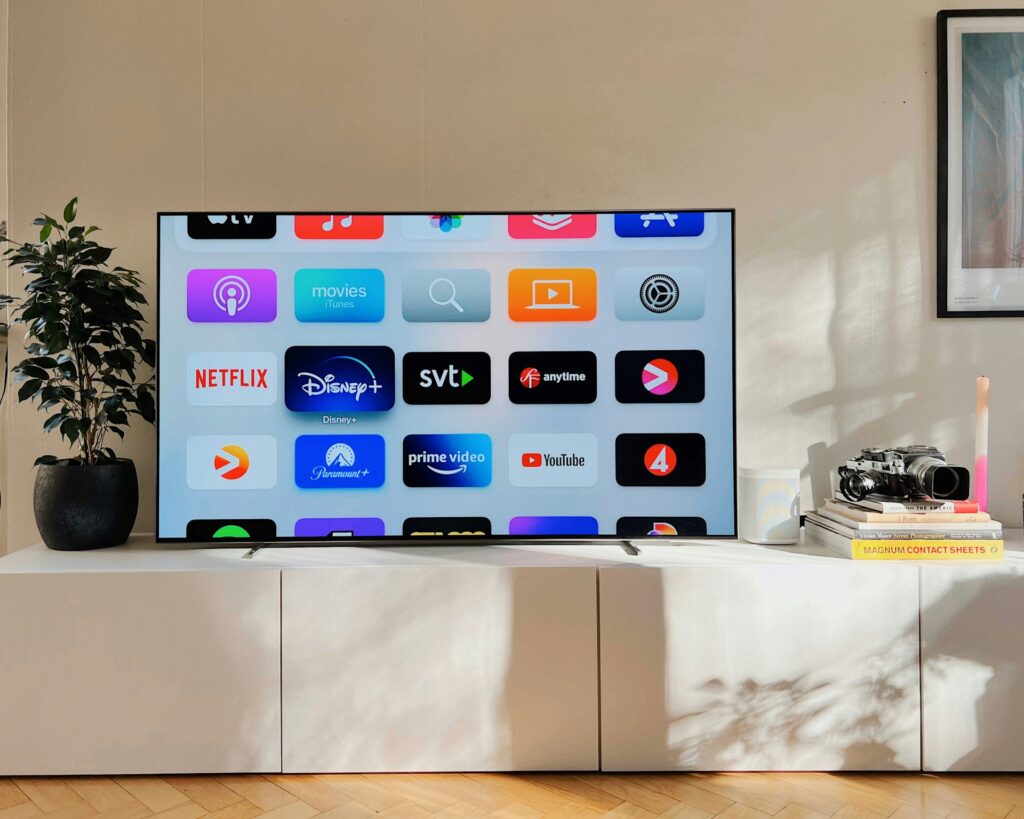In the field of streaming wars and entertainment, the landscape has shifted dramatically with the advent of streaming services. What started out as a practical substitute for traditional television has grown into a thriving sector with intense competition and unheard-of innovation.
The Growth of Streaming Wars Platforms:
Streaming platforms such as Netflix, Amazon Prime Video, Hulu, and Disney+ have come to prominence, reshaping the way we consume media. These platforms offer a vast array of content, from movies and TV shows to original programming and documentaries.
Major Players in the Industry of Streaming Wars:

- Netflix initiated streaming growth with its extensive library of content and original productions.
- Amazon Prime Video: Utilized its e-commerce platform to enter the streaming market, offering particular content to Prime subscribers.
- Hulu: known for its partnership with major television networks, providing next-day access to popular TV shows.
- Disney+: Disney’s entry into the streaming market, featuring content from Disney, Pixar, Marvel, Star Wars, and National Geographic.
Content Creation and Acquisition:
Streaming platforms are engaged in a constant battle for content, both through original productions and licensing agreements.
Original Content vs. Licensed Content:
- Original Content: Streaming platforms invest heavily in producing original content to attract and retain subscribers. Shows like “Stranger Things” and “The Crown” have become cultural phenomena, driving subscriber growth for Netflix.
- Licensed Content: While original content is essential, licensing deals for popular TV shows and movies also play a crucial role in attracting viewers. For example, Hulu secured the exclusive streaming rights to hit series like “Seinfeld” and “The Handmaid’s Tale.”
Consumer Behavior Shifts:
The growth of streaming wars has led to significant shifts in consumer behavior, with more people opting to cut the cord and embrace digital entertainment.
The Impact of Streaming Wars on Traditional Media:
- Cord-cutting: Traditional cable and satellite TV subscriptions are on the decline as consumers flock to streaming services for on-demand content.
- Adapting to Change: Traditional media companies are adapting to the changing landscape by launching their own streaming platforms, such as NBCUniversal’s Peacock and WarnerMedia’s HBO Max.
Technological Advancements:
Technological advancements have played a crucial role in improving the streaming experience for users.

Enhancing User Experience:
- High-Quality Streaming: The transition to high-definition and 4K streaming has improved the viewing experience for consumers.
- Personalization: Streaming platforms utilize algorithms to recommend content based on users’ viewing history and preferences, increasing discoverability.
Challenges and Competition:
Despite the rapid growth of the streaming industry, it is not without its challenges and competition.
Streaming Wars Market Saturation and Fragmentation:
- Market Saturation of Streaming Wars: The streaming market is becoming increasingly crowded, making it challenging for new competitors to gain a position.
- Fragmentation Streaming Wars The rise of streaming services has led to division, with consumers facing subscription stress and having to manage multiple subscriptions to access desired content.
Future Trends of Streaming Wars:
As the streaming wars continue to change, several trends are shaping the future of digital entertainment.
The Growth of Streaming Wars Platforms:
- Consolidation: We may see further consolidation in the streaming industry as larger companies acquire smaller players to expand their content libraries and subscriber base.
- Hybrid Models: Streaming platforms may experiment with hybrid models that combine subscription-based and ad-supported tiers to appeal to a broader audience.

FAQs (Frequently Asked Questions):
How do streaming platforms make money?
Streaming platforms generate income through subscription fees, advertising, and licensing agreements for content.
Are there any free streaming services available?
Yes, some streaming services offer a selection of content for free with ads, while others provide limited-time free trials for new users.
What sets streaming platforms apart from traditional television?
Streaming platforms offer on-demand access to a vast library of content, personalized recommendations, and the ability to watch anytime, anywhere.
How do streaming platforms decide which content to recommend to users?
Streaming platforms use algorithms that analyze users’ viewing history, preferences, and behavior to suggest suitable content.
What are some developing trends in the streaming industry?
New trends in the streaming industry include the development of live streaming, interactive content, and virtual reality experiences.
Conclusion:
The Streaming Wars have transformed the entertainment landscape, offering consumers new choice and convenience. As technology continues to grow and consumer preferences shift, the future of digital entertainment promises to be dynamic and exciting.

